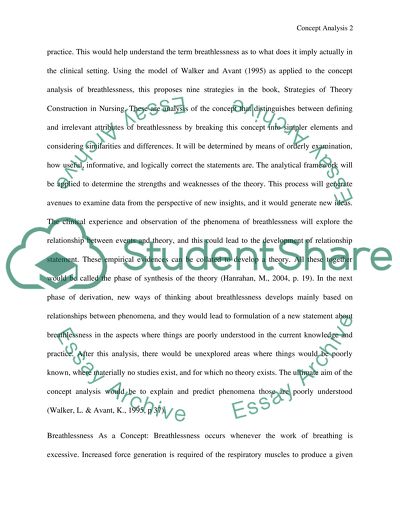Cite this document
(“Breathlessness Essay Example | Topics and Well Written Essays - 2000 words”, n.d.)
Retrieved de https://studentshare.org/health-sciences-medicine/1509405-breathlessness
Retrieved de https://studentshare.org/health-sciences-medicine/1509405-breathlessness
(Breathlessness Essay Example | Topics and Well Written Essays - 2000 Words)
https://studentshare.org/health-sciences-medicine/1509405-breathlessness.
https://studentshare.org/health-sciences-medicine/1509405-breathlessness.
“Breathlessness Essay Example | Topics and Well Written Essays - 2000 Words”, n.d. https://studentshare.org/health-sciences-medicine/1509405-breathlessness.


